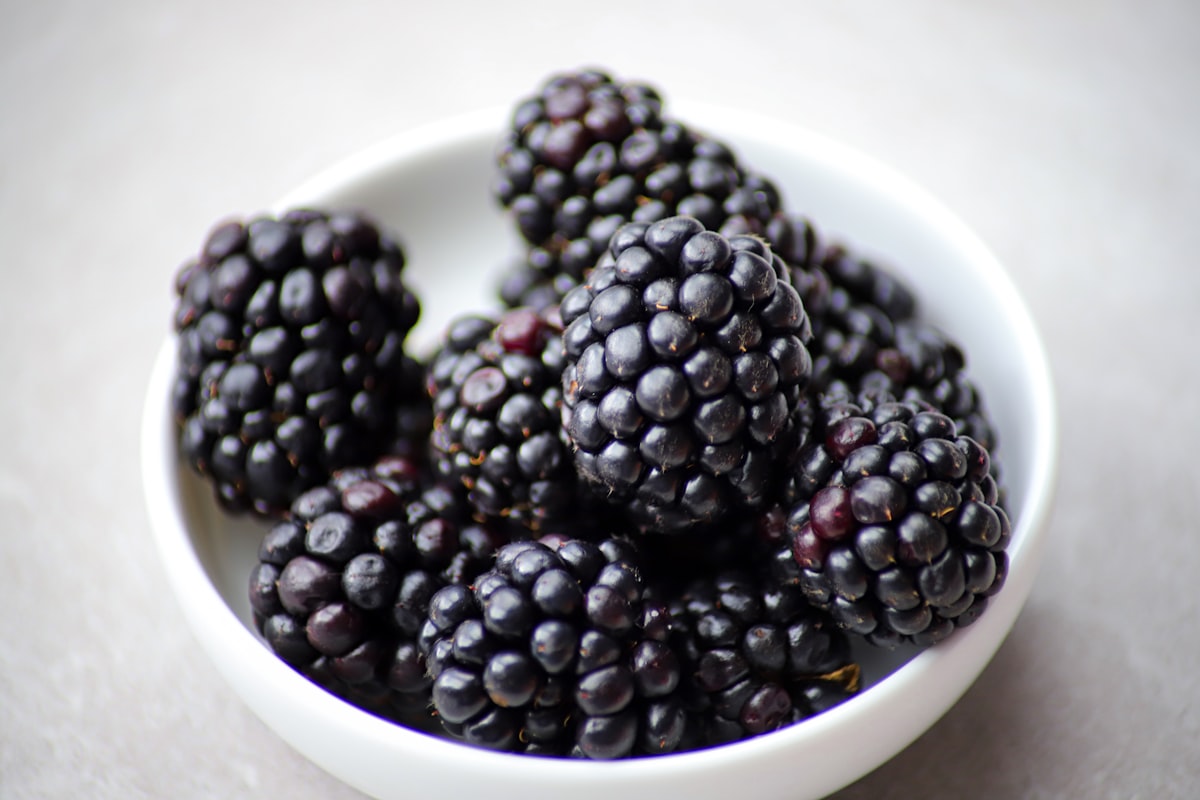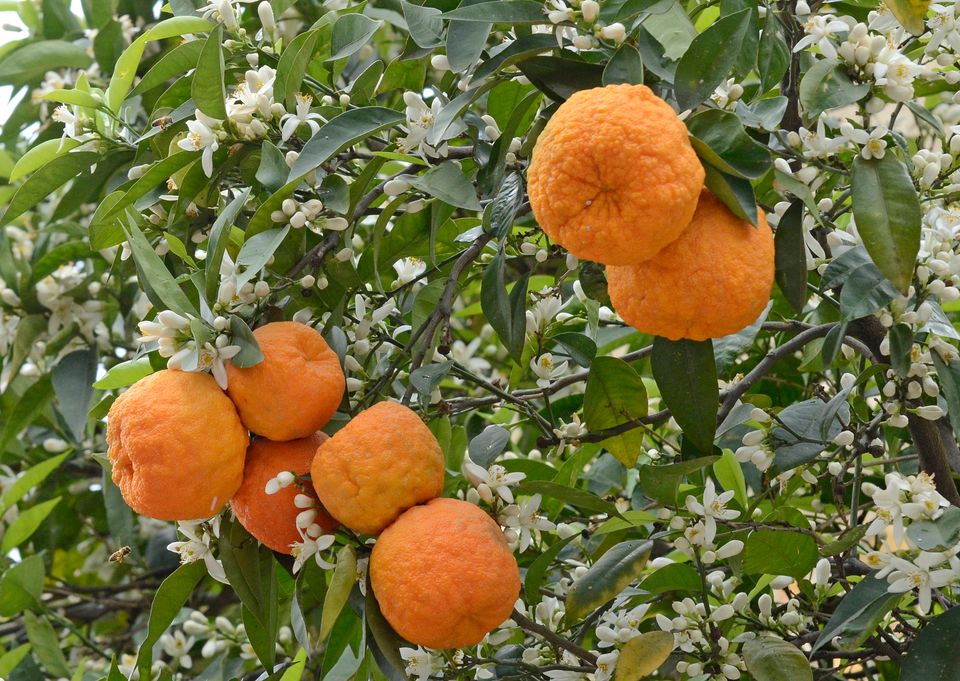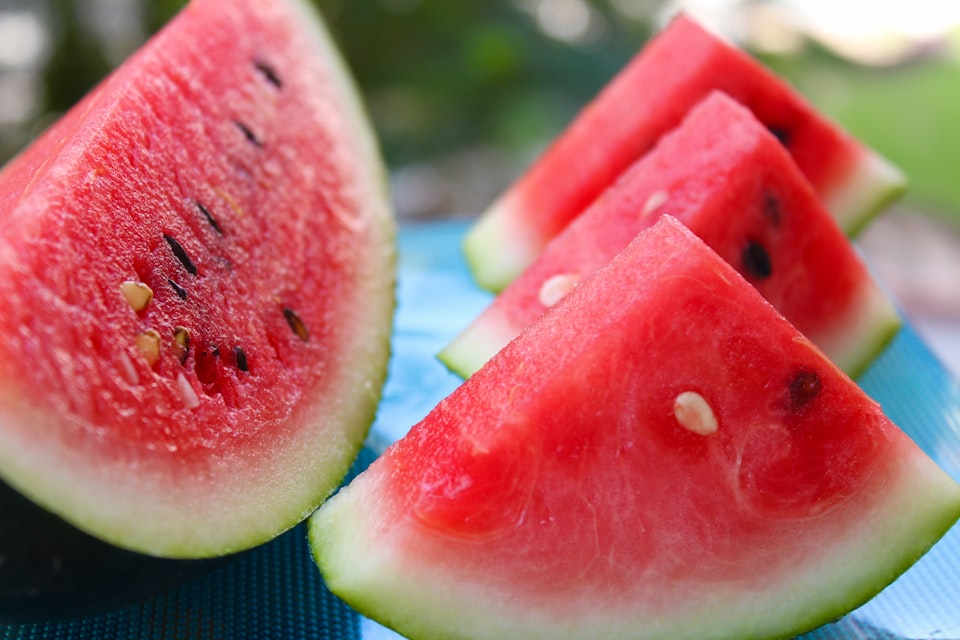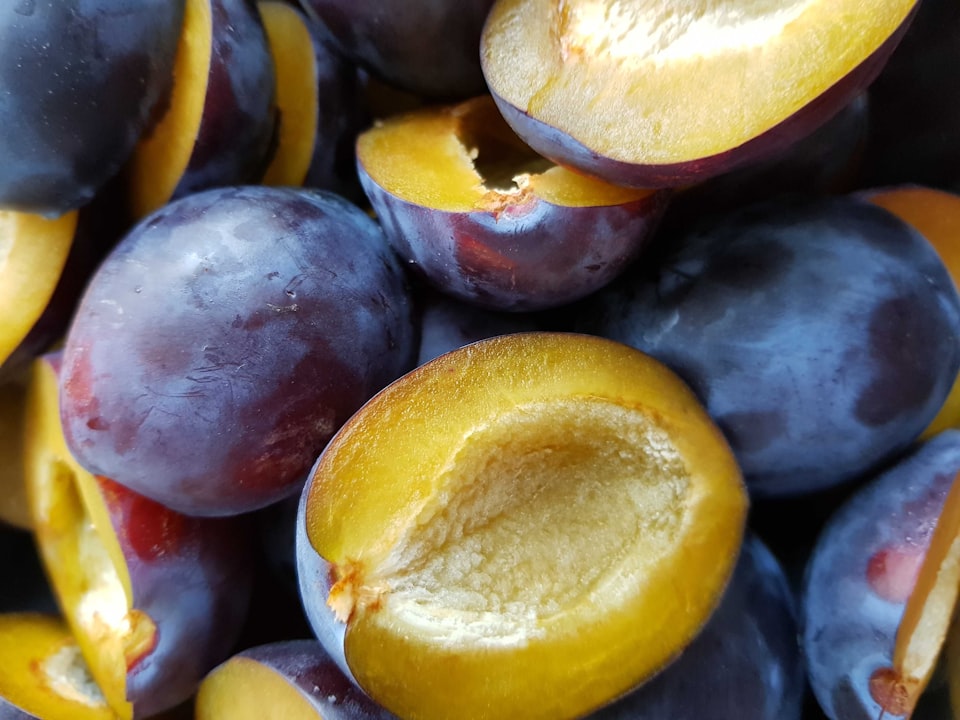IX: Blackberry
Kicking back with a blackberry break.

Good morning. Today is nonidi, the 9th of Thermidor, Year CCXXXI. We celebrate la mûre, a purple-black fruit that grows on a cane related to the rose.
💡
Blackberries are tenacious spreaders with a dastardly technique for occupying land. The bushes grow canes each year. The first year, the canes are known as primocanes, and these produce the bulk of the leaves to gather photosynthetic energy for the plant. The focus of primocanes is purely on growth – they'll grow up to 30 feet in length during that first summer – and energy storage. In the second year, they switch to being floricanes, halting growth and producing flowers among a reduced number of leaves. These flowers attract bees for pollination and eventually bear the fruit that birds eat, spreading seeds to new locations when they defecate. Blackberries prefer spread by small creatures, so they have a tendency to bramble, and each cane grows thorn-like prickles as befits their status in the rose family. The third year, the canes die, sending as much nutrients back to the root ball as they can before hardening inside the bush and providing more density to the plant, which chokes out lower vegetation and can even hinder the roots of nearby trees. These dead canes also serve as kindling for wildfires, which blackberry root balls survive underground while all the competing vegetation in the area is blazed away.
It's summertime, and my kids are visiting, so my schedule has become chaotic and compressed, which is why these croissants sometimes sit in the case until afternoon. I apologize for the interruption to the previously rock-solid schedule. If I'm being very honest, I'm getting a little bit of final-runway burnout on the punishing nature of a daily schedule for an entire year, but we're going to make it, I promise!



